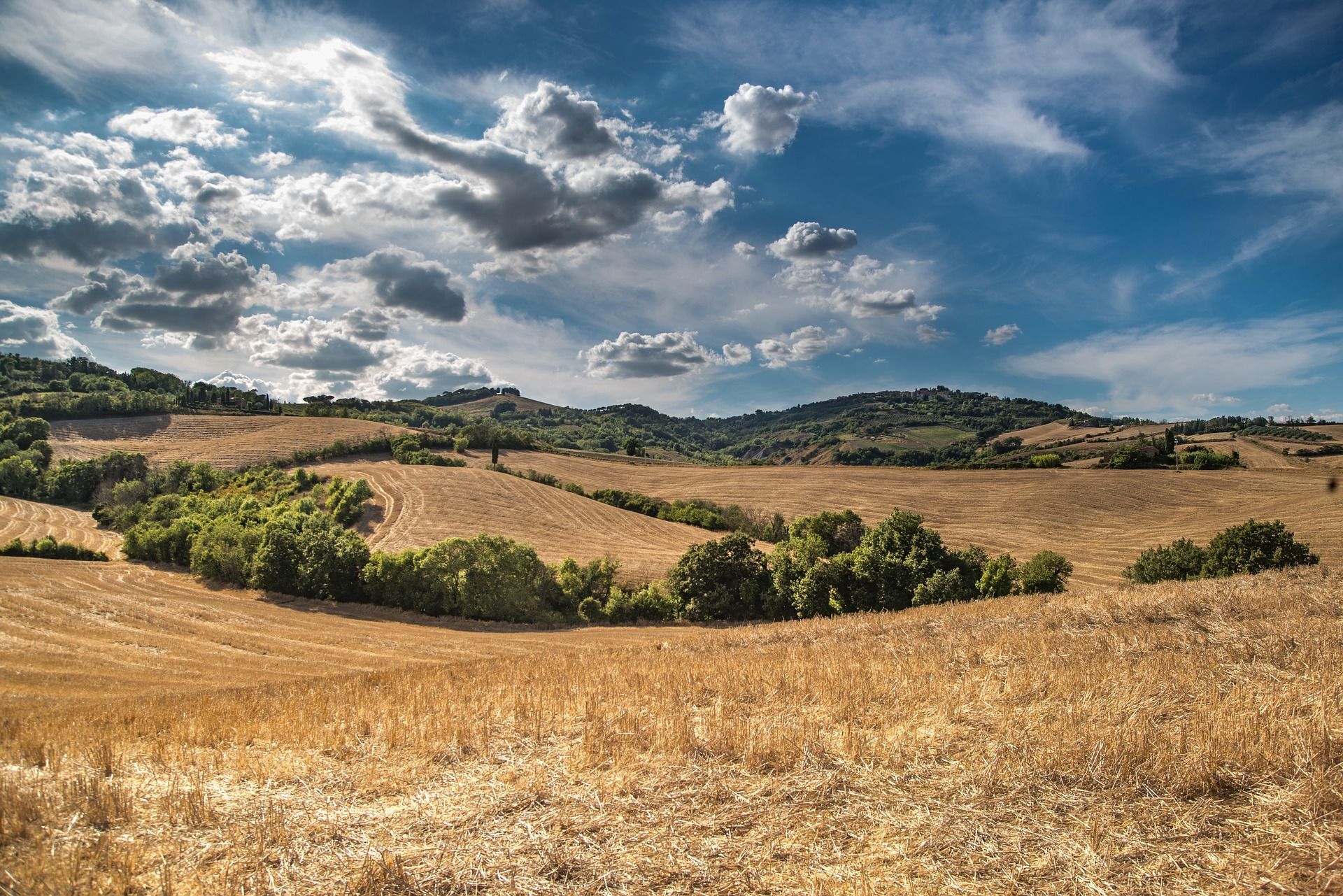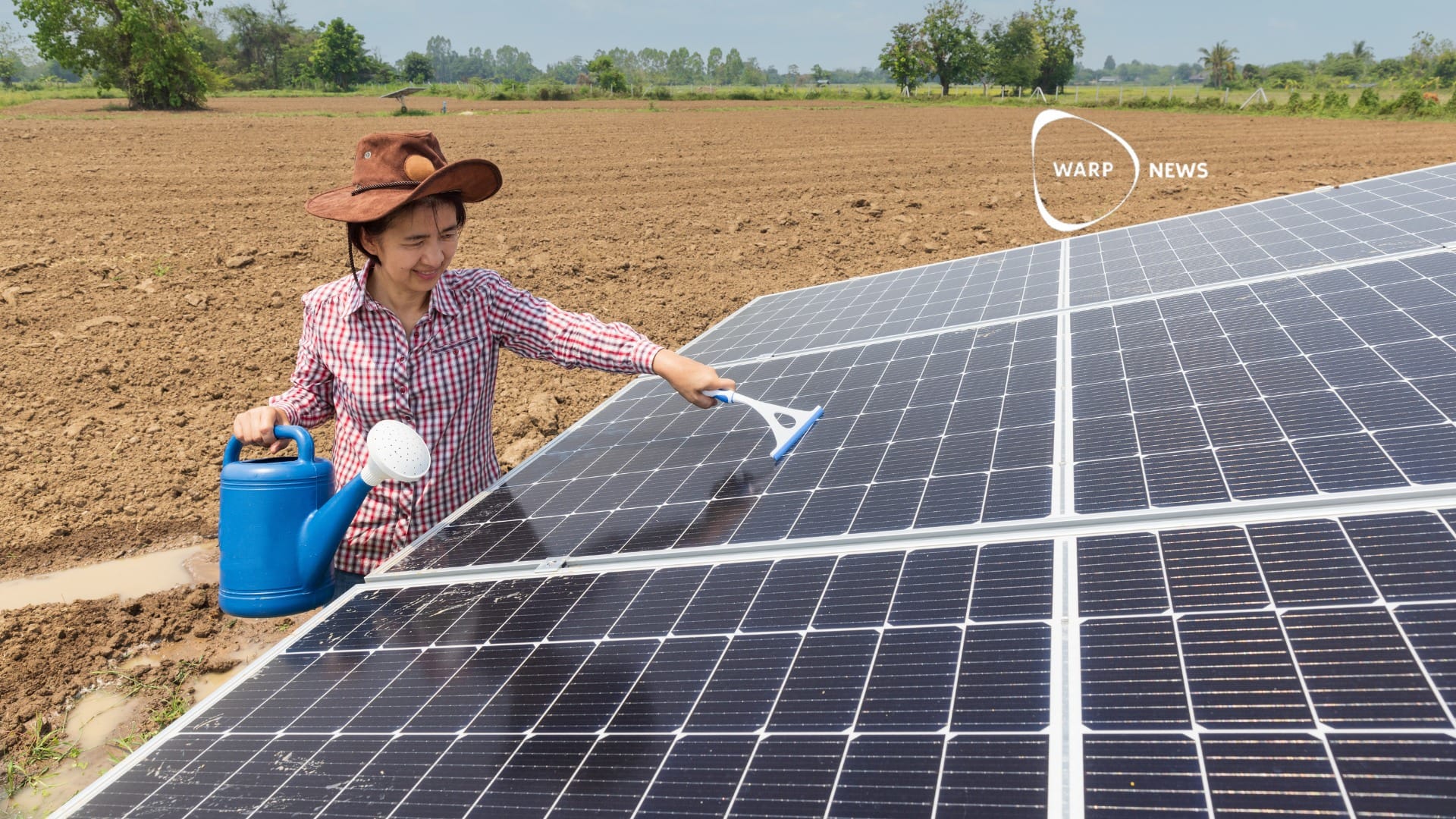
🚜 Fast-growing trees can reduce emissions in agriculture
By planting rows of trees between cultivated fields, it is possible to separate emissions from agriculture.
Share this story!
Agriculture and forestry account for a quarter of the world's greenhouse gas emissions. As the global population grows, the pressure to produce more and more follows, which can lead to valuable wilderness being cultivated. But research shows that it is possible to combine efficient forestry and agriculture with less environmental impact.
Researchers have looked at how perennial crops can provide major environmental benefits without reducing the amount of biomass produced. It's down to a matter of strategic planting of crops such as grass and fast-growing trees in the form of buffer zones and shelter fences (planting of a few rows of trees between cultivated fields).
One area that the researchers examined in more detail is Denmark, where the possibilities for these types of measures are great.
"If we build buffer zones on a large scale in Europe, up to a third of all nitrogen emissions to water can be avoided. In addition, 33 million tonnes of coal can be stored in soil and 3 million tonnes of arable land, which would otherwise be eroded, are preserved. It is also interesting that buffer zones and shelters can be effective in limiting floods, which is currently high on the political agenda in Europe ", says Oskar Englund, associate professor of environmental technology at Mid Sweden University and one of the researchers behind the study, in a press release.
The basis for the researchers' work is a model that uses existing data from several international research projects. The model shows where buffer zones can be effective in reducing nitrogen emissions to water, and where windbreaks can be effective in mitigating wind erosion.
The researchers have used the model to analyze 81,000 European landscapes to see how large the areas must be in order to be efficient and how much extra biomass they subsequently can produce. The biomass in question can, for example, be fast-growing trees that can be used for energy production.
The researchers will now continue studying how perennial crops can affect nature in more ways.
"Biodiversity is one area. It has been the subject of intense debate in recent years, both in terms of agriculture and forestry. How can biomass cultivation contribute to improving the conditions for biodiversity? This is a very interesting issue that we are currently working on. We are also close to completing a study on how grass can be introduced in the annual plant production with the primary goal of increasing the carbon content of the soil", says Oskar Englund.
By becoming a premium supporter, you help in the creation and sharing of fact-based optimistic news all over the world.


